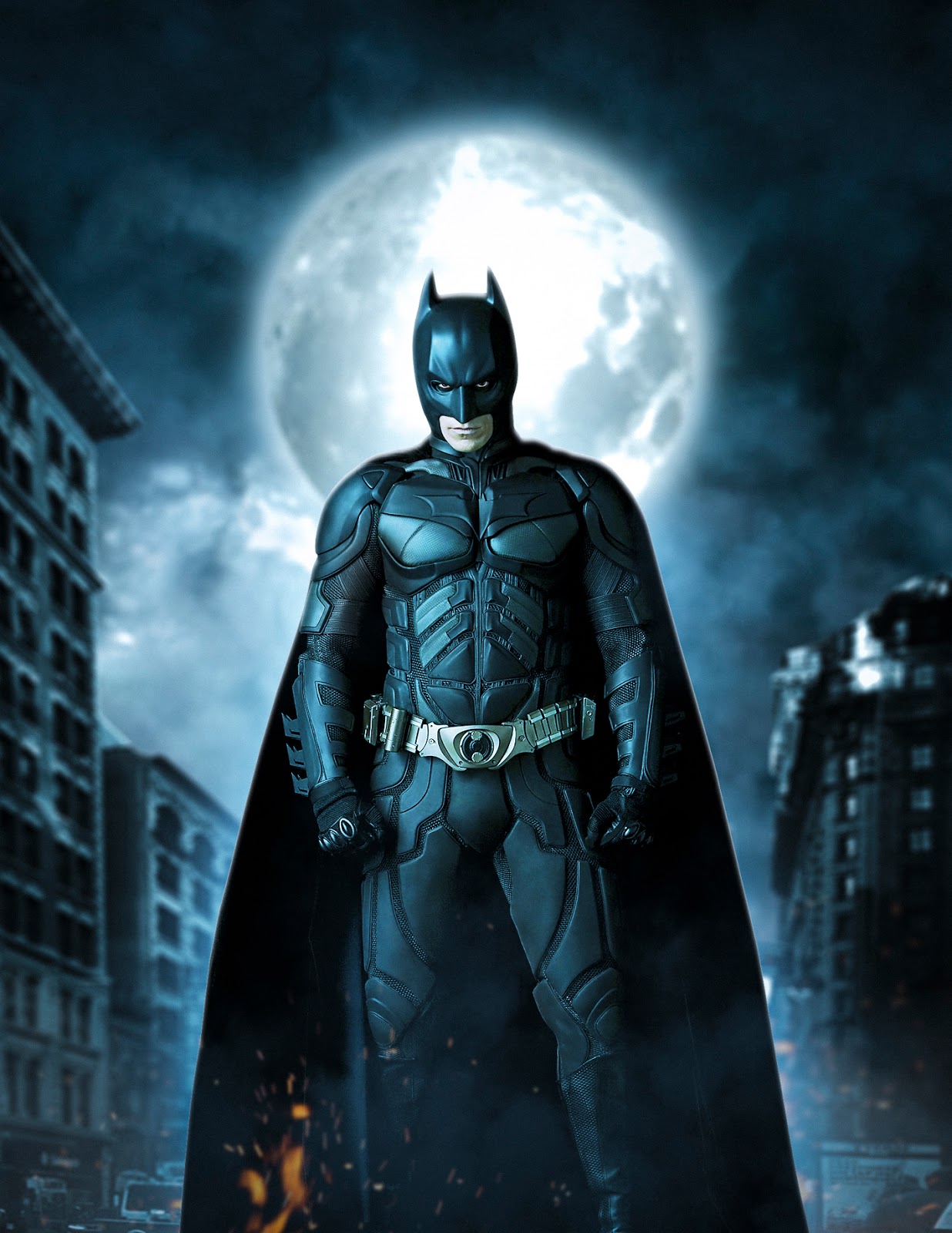The owl, a creature of nocturnal habits and piercing gaze, has woven its way into the fabric of human culture across millennia. Its symbolism, as protean as its silhouette against the moonlit sky, manifests in diverse and captivating ways, ranging from the somber depths of Gotham City to the innocent rhymes of childhood.
The association of owls with wisdom traces back to ancient Greece, where the owl was the sacred symbol of Athena, the goddess of wisdom and strategic warfare. This association, deeply ingrained in Western thought, casts the owl as a figure of intellectual prowess and insightful observation. Its large, forward-facing eyes, reminiscent of human eyes, further solidify this anthropomorphic connection, imbuing the owl with a sense of sentience and profound understanding. The silent flight of the owl, coupled with its acute hearing, contributes to the perception of it being an observant guardian, a watchful presence in the darkness, accumulating knowledge through unseen means.
Beyond wisdom, the owl also carries a more ominous connotation, often linked to death and the underworld. In many cultures, the owl’s nocturnal nature and haunting calls are interpreted as harbingers of doom or messengers from the spirit realm. Its presence in graveyards and abandoned places further reinforces this macabre association. Consider the use of owls in literature and folklore as omens of impending tragedy, their appearance signaling misfortune or the death of a character. This duality – wisdom and death – is a key characteristic of the owl’s multifaceted symbolism, making it a potent and evocative figure in various cultural contexts.
The Batman mythos provides a compelling example of the owl’s symbolic depth. The Court of Owls, a clandestine organization that has secretly controlled Gotham City for centuries, utilizes the owl as its emblem. This choice is particularly astute, considering the pre-existing associations of owls with both wisdom (or, in this case, the illusion of it) and the shadows. The Court operates from the darkness, pulling the strings of power behind the scenes, their presence largely unknown to the general populace. Their owl masks, at once imposing and unsettling, evoke a sense of ancient power and inescapable surveillance. The juxtaposition of Batman, a symbol of justice and order, against the Court of Owls, a symbol of hidden corruption and control, creates a powerful narrative tension, highlighting the ongoing struggle between light and darkness in the city of Gotham.
Shifting from the gritty realism of comic books to the realm of childhood, the owl appears in nursery rhymes and children’s literature, often depicted as a whimsical or eccentric character. “A Wise Old Owl,” a popular nursery rhyme, reinforces the owl’s association with wisdom, presenting it as a learned creature dispensing advice. However, even in these seemingly innocuous contexts, the owl retains a hint of its enigmatic nature. The rhyme does not specify the nature of the owl’s wisdom, leaving room for interpretation and suggesting a deeper, perhaps less easily accessible, understanding. This subtle ambiguity contributes to the owl’s enduring appeal, captivating both children and adults alike.
In art, the owl has served as a potent symbol across various movements and periods. From ancient pottery to contemporary paintings, the owl’s image has been used to convey a wide range of emotions and ideas. In some instances, it represents intellectual curiosity and a thirst for knowledge; in others, it embodies the darker aspects of the human psyche, such as fear, paranoia, and the acceptance of mortality. Surrealist artists, in particular, have been drawn to the owl’s enigmatic quality, using its image to explore the subconscious mind and challenge conventional perceptions of reality. The owl’s ability to evoke such diverse interpretations makes it a valuable tool for artists seeking to communicate complex and nuanced messages.
Beyond its symbolic weight, the owl’s unique physical characteristics also contribute to its cultural allure. Its asymmetrical ears, providing exceptional directional hearing, its rotating neck, allowing for near 360-degree vision, and its specialized feathers, enabling silent flight, all contribute to its mystique. These adaptations, honed through millennia of evolution, render the owl a truly remarkable creature, perfectly adapted to its nocturnal niche. Its otherworldly appearance, coupled with its extraordinary abilities, further solidifies its place as a captivating and enigmatic figure in the human imagination.
The owl, therefore, is not merely a bird; it is a palimpsest of cultural meanings, a repository of accumulated symbolism that reflects humanity’s evolving relationship with nature and the unknown. From the hallowed halls of ancient temples to the shadowy corners of fictional cities, the owl continues to fascinate and inspire, a testament to its enduring power as a cultural icon. Its presence, whether benevolent or malevolent, serves as a constant reminder of the mysteries that lie hidden beneath the surface of the everyday world, waiting to be uncovered by those who dare to gaze into the darkness.
